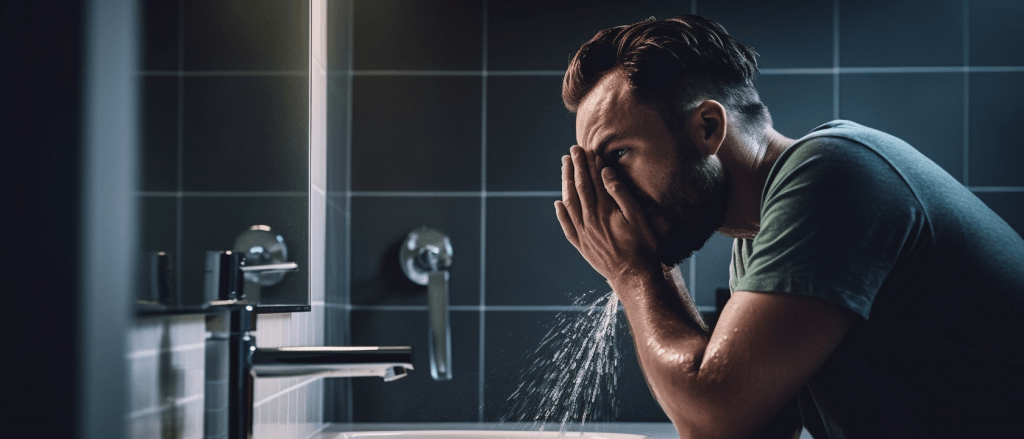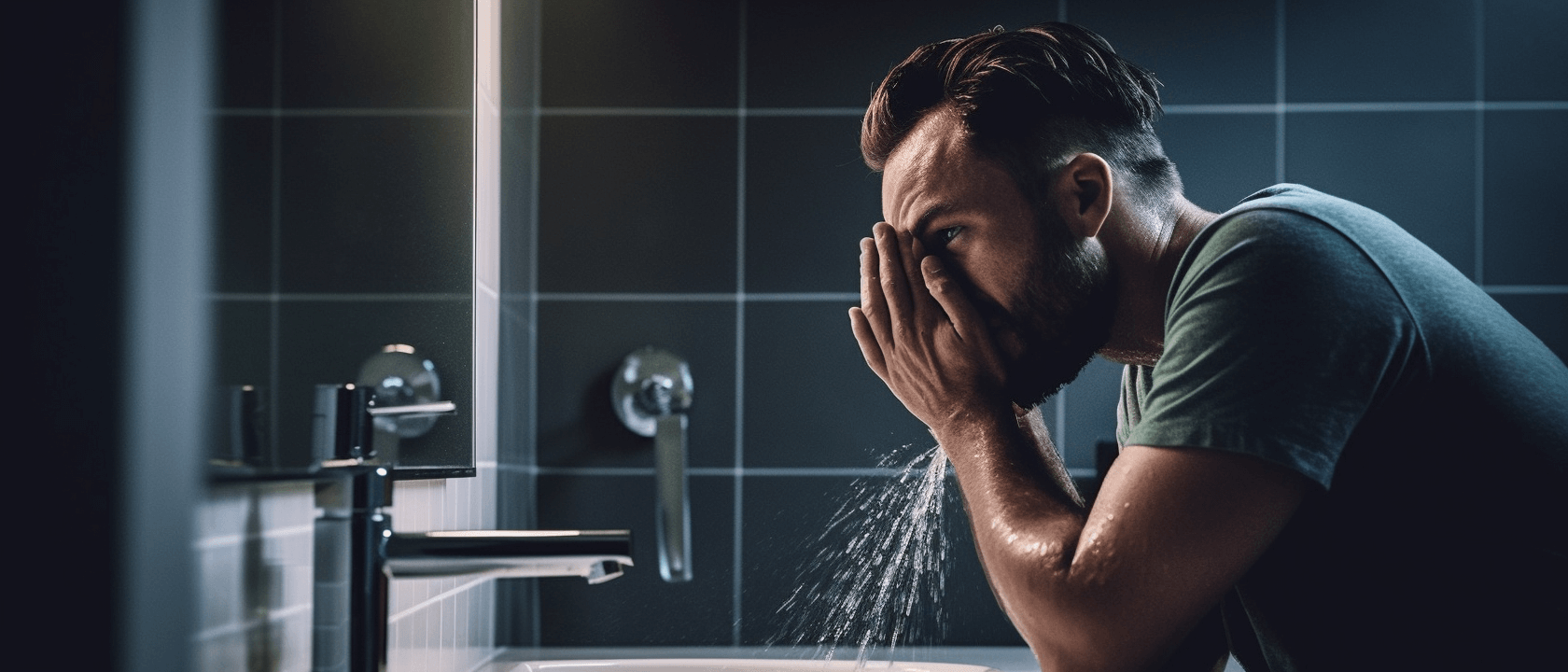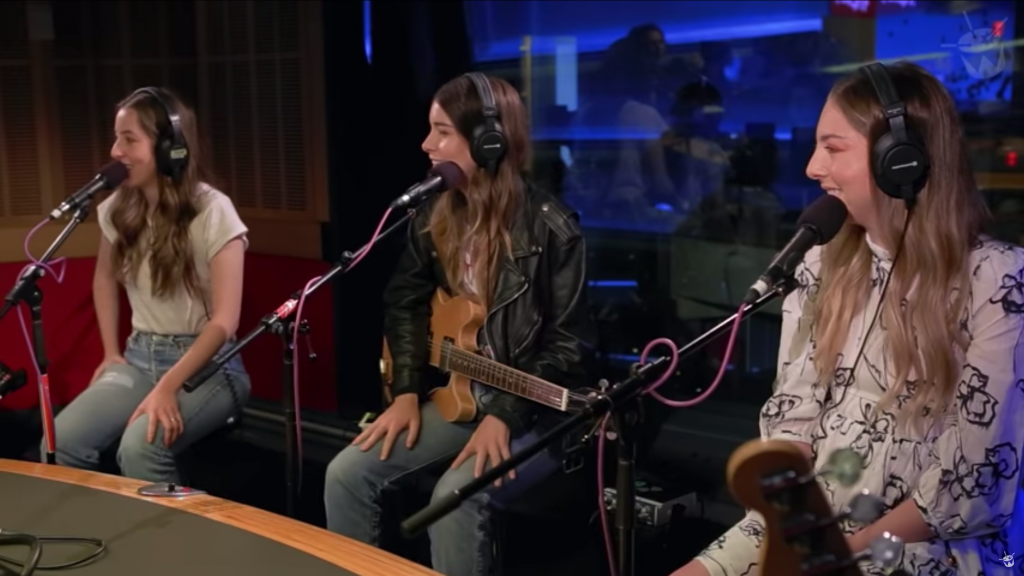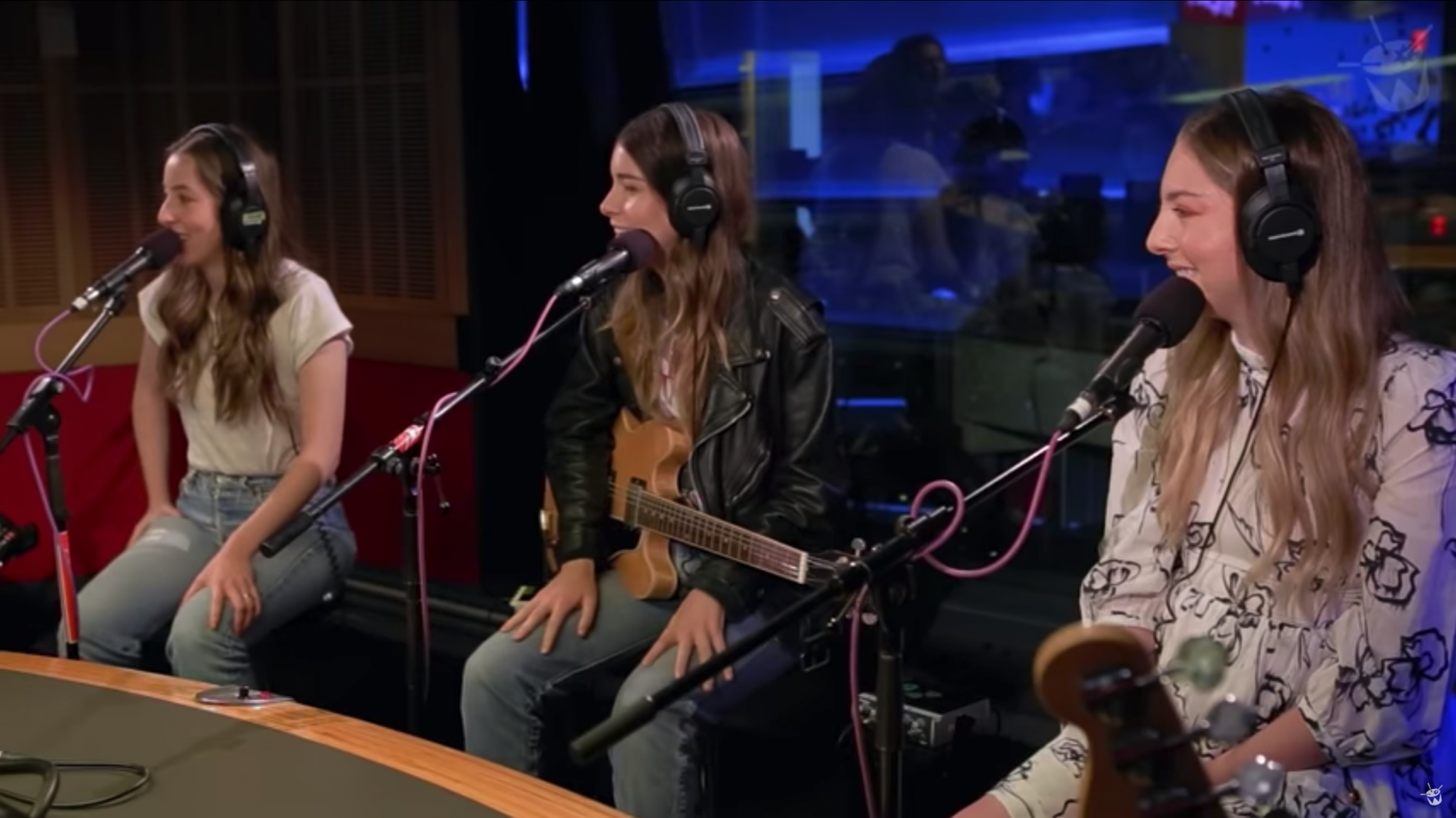Tackling Hair Loss Head-On
Dealing with hair loss can be challenging, but there are many treatments available in Australia to help. From over-the-counter treatments like minoxidil to surgical options such as hair transplants and PRP, there is a solution for every individual’s needs.
Here are some quick links to help you navigate the content below:
- Best Topical Solution: Minoxidil
- Best Oral Medication: Finasteride
- Best Natural Solution: Rosemary Oil
- Best Surgical Options: Hair Transplants
- Best Hair Loss Prevention Tips
- Alternative Treatment Options
Minoxidil: A Topical Solution for Hair Loss
Minoxidil is a topical solution applied directly to the scalp, available without a prescription in Australia. It works by stimulating hair growth and reducing hair loss rates. Minoxidil is effective for both male and female pattern baldness and is suitable for all ages.Minoxidil: Proven to Work?
Minoxidil has been clinically proven to be effective in treating hair loss and promoting hair growth. Available in over-the-counter topical formulas, its effectiveness varies among individuals. Generally, it takes 4-6 months of consistent use for results to become noticeable.Minoxidil Side Effects
Common side effects of minoxidil include scalp irritation, dryness, flaking, itching, redness, or burning of the scalp; temporary hair loss; and unwanted hair growth on areas other than the scalp, such as the face or hands.Minoxidil Cost in Australia
Minoxidil costs in Australia depend on the type and brand. Generic minoxidil solutions are typically available for around $25 for a 60ml bottle, while branded minoxidil treatments can range from $50 to over $100 for a 60ml bottle.Finasteride: An Oral Hair Loss Treatment
Finasteride is a prescription medication taken orally that works by blocking the production of dihydrotestosterone (DHT), a hormone causing hair loss. Finasteride is effective in treating male pattern baldness but is not recommended for women.Finasteride: A Reliable Solution?
Finasteride can effectively treat male pattern baldness. Studies have found that it can slow and even reverse hair loss progression in some men. However, Finasteride is not a cure-all for hair loss, and results may vary.Finasteride Side Effects
Common side effects of Finasteride include decreased sex drive, trouble getting or maintaining an erection, decreased amount of semen released during ejaculation, headache, dizziness, skin rash, and swelling of the hands or feet. Less common side effects may include depression, anxiety, and testicular pain.Finasteride Cost in Australia
As a prescription medication, Finasteride’s cost varies depending on the pharmacy. Generally, the cost of Finasteride in Australia is approximately $40 for a one-month supply.Rosemary Oil: A Natural Hair Loss Remedy
Rosemary oil is a natural hair loss treatment that has gained popularity in recent years. With its anti-inflammatory and antioxidant properties, rosemary oil is believed to promote hair growth and improve scalp health.
Does Rosemary Oil work for hair loss?
While more research is needed, some studies have shown that rosemary oil can be as effective as minoxidil in promoting hair growth. However, individual results may vary, and it is essential to have realistic expectations.
How to use Rosemary Oil for hair loss
To use rosemary oil for hair loss, mix a few drops with a carrier oil, such as coconut or jojoba oil, and massage it into the scalp. Leave the oil on for at least 30 minutes before washing it out with a mild shampoo. For best results, use this treatment 2-3 times a week.
Rosemary Oil Side Effects
Rosemary oil is generally safe for topical use, but some people may experience allergic reactions or skin irritation. It is recommended to perform a patch test before applying it to the scalp.
Hair Transplants: A Surgical Option
Hair transplants are a surgical procedure used to treat baldness, in which a surgeon moves healthy hair follicles from one area of the scalp to another. Hair transplants can restore thinning hair or replace lost hair but are not suitable for everyone and can be costly.
Hair Transplant Side Effects
Common side effects of hair transplants include scalp swelling, bruising, itching, and pain. Some patients may experience temporary numbness or tingling in the scalp, scarring, and infection. In rare cases, allergic reactions to anesthesia or medication used during the procedure may occur. Shock loss, a temporary hair loss due to the body’s response to the transplant, is also a possibility.
Hair Transplant Cost in Australia
Hair transplant costs in Australia vary depending on the clinic and procedure type, averaging between $6,000 and $15,000.
In Asia, hair transplants are generally more affordable. Depending on the country, prices can be as low as $2,000. However, it is crucial to research the clinic’s reputation and the procedure’s quality before proceeding.
Lifestyle Changes for Hair Health:
Hair Loss Prevention Tips
Making certain lifestyle adjustments can have a positive impact on hair health and potentially slow down hair loss. In this section, we’ll discuss some key lifestyle factors that can contribute to healthier hair.
Exercise and Stress Management
Regular exercise can improve blood circulation, which in turn can promote hair growth. Additionally, exercise is an effective way to reduce stress, which can contribute to hair loss. Incorporate activities like walking, swimming, or yoga into your routine. Practicing stress management techniques such as meditation and mindfulness can also help to keep stress-related hair loss at bay.
Nutrition and Diet
A balanced diet rich in essential nutrients plays a crucial role in maintaining healthy hair growth. Ensure you consume enough protein, iron, vitamins, and minerals by including a variety of fruits, vegetables, lean meats, and whole grains in your daily meals. Foods rich in omega-3 fatty acids, such as salmon and walnuts, can also promote scalp health.
Stay Hydrated
Drinking enough water is essential for overall health, including hair health. Aim for at least 8 glasses of water daily to keep your body and hair well-hydrated.
Proper Hair Care
Taking care of your hair can go a long way in preventing hair loss. Follow these tips for optimal hair care:
- Wash your hair gently, using a mild shampoo and conditioner.
- Avoid tight hairstyles that can cause tension on your hair follicles.
- Minimize heat styling and chemical treatments that can damage your hair.
- Use a wide-toothed comb to detangle your hair and prevent breakage.
Regular Scalp Massages
Scalp massages can increase blood flow and promote hair growth. Gently massage your scalp with your fingertips or a soft-bristled brush for a few minutes daily.
Avoid Smoking and Alcohol Consumption
Smoking and excessive alcohol consumption can have a negative impact on hair health. Reducing or quitting these habits can contribute to healthier hair growth.
Alternative Hair Loss Treatments
Explore other alternative treatments for hair loss that some people may consider trying:
Scalp Micropigmentation
Scalp micropigmentation is a non-surgical cosmetic procedure that creates the appearance of a fuller head of hair. Tiny ink pigments are applied to the scalp to mimic the look of hair follicles, providing a natural-looking result.
Low-Level Laser Therapy (LLLT)
LLLT is a non-invasive treatment that uses red light lasers to stimulate hair growth by increasing blood flow to the scalp. It is a painless procedure and can be used in conjunction with other hair loss treatments.
Ayurvedic and Traditional Chinese Medicine
Ayurvedic and traditional Chinese medicine practices offer potential benefits for hair loss, including herbal remedies, acupuncture, and scalp massages. These treatments aim to address the root cause of hair loss by balancing the body’s energy and improving overall health.
Platelet Rich Plasma (PRP): A Growth Factor Treatment
PRP is a treatment that uses the patient’s own platelets to stimulate hair growth. During the procedure, a doctor draws a blood sample from the patient, which is processed in a centrifuge to separate the platelets from the red and white blood cells. The platelets are then injected back into the scalp, where they release growth factors that help stimulate hair growth.
PRP Treatment Side Effects
While PRP treatment has been deemed safe and effective for some people, potential side effects include mild pain at the injection site, scalp itching, redness, and swelling. Rarely, the injection may cause an allergic reaction or infection. Additionally, PRP hair loss treatment can be quite expensive and may not be covered by insurance.
PRP Hair Loss Treatment Cost in Australia
The cost of PRP hair loss treatment in Australia ranges from $400 to $2,000, depending on the location, clinic, and treatment type.











